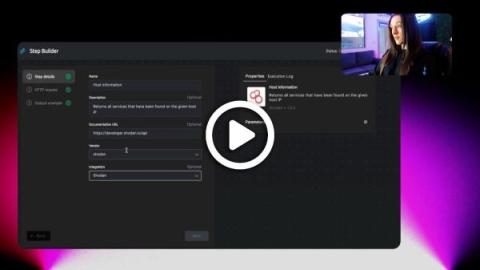Friday Flows Episode 20: Regularly Update Insecure AWS EC2 Security Groups
Launching an AWS EC2 instance can be done in seconds, but are they being set up securely for success? In today's Friday Flows, Michael Tolan helps us celebrate the 700th Tines Story Library addition with a look at a customer submitted workflow to audit and remediate default security groups for virtual machines in AWS.











